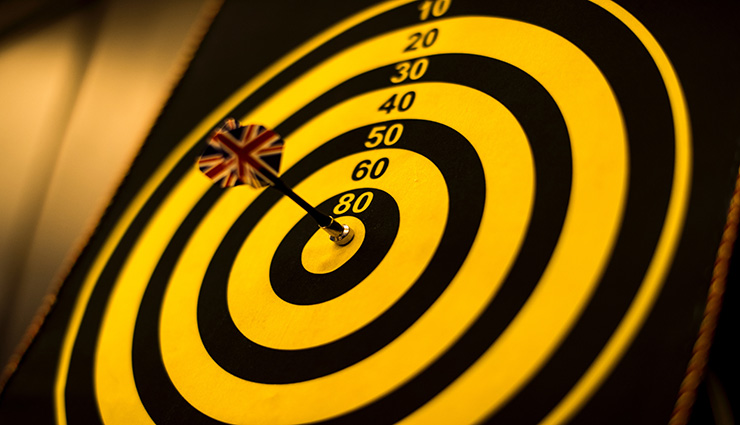Many people feel as if they are wandering in this world. They work hard but can’t seem to get anywhere. An important reason why they feel this way is that they haven’t taken enough time to think about what they want from life and haven’t set clear goals for themselves. Do you ever go on a trip where you don’t know the destination? Probably not!
Goal setting is an important process of thinking about your desired future and motivating you to make your vision a reality. The goal setting process helps you choose the position you want in life. If you know exactly what you are trying to achieve, you will know where to focus your efforts and quickly identify the distractions that easily lead you astray.
Why do we need goal setting?
Professional athletes, big business owners and all those who achieve success in various fields set their goals. Goal setting gives you long-term vision and short-term motivation. Gaining knowledge focuses and helps you organize your time and resources so that you can get the most out of your life.
By setting very specific goals, you can measure how far you have achieved them and then be proud of yourself and your progress in what previously seemed like a long and pointless struggle; look. As well as your ability and worthiness to achieve the goals you have set; You see, you also raise your self-confidence.
Start setting personal goals
- First, draw a “big picture” of what you want to accomplish in your life (or, for example, in the next 10 years), and define the goals you want on a large scale.
- After that, divide the goals that have a large scale into smaller and smaller goals to consider them to achieve the big goals of your life.
That is why we start the goal setting process by looking at life goals. Then we work on things that we can do within the next five years, then next year, next month, next week and today, to move towards them.
Step 1: Determining life goals
The first step in setting personal goals is to see what you want to achieve in your life (or at least at a certain age in the future). Goal setting gives you the big picture that shapes all other aspects of your decision making.
To give a broad and balanced coverage of all the important areas in life, try to set goals in the following categories (or other categories that you know are important to you):
- To give a broad and balanced coverage of all the important areas in life, try to set goals in the following categories (or other categories that you know are important to you):
- Finance: How much do you want to earn at each stage of your life? How does this relate to your career goals?
- Education: Is there any private knowledge that you want to acquire? What information and skills do you need to achieve such goals?
- Family: Do you want to have children? If so, how can you be a good parent? How would you like your family members to consider you as a father or mother?
- Henry: Do you want to achieve an important artistic goal and achievement?
- Attitude: Is there any part of your mind that prevents you from progressing? Are there any behaviors that bother you? (If so, find a goal to improve your behavior or a way to solve your problem.)
- Physical: Is there an athletic goal you want to achieve or do you want to stay fit and healthy in old age? What steps will you take to achieve this goal?
- Fun: How do you want to experience the joy of living? (You have to make sure that part of your life is yours!)
- Community Service: Do you want to make the world a better place? If so, how
Spend time brainstorming these goals, and then choose one or more goals from each category that best reflect what you want. Then re-cut and adjust so that you have less important goals to focus on.
As you do this, you should make sure that the goals you set are the ones you really want to achieve, not the ones your parents, family, or employer expect you to achieve. (Of course, if you’re married, it might be best to consider what your spouse wants, but make sure you’re still being true to yourself!)
Step 2: Set smaller goals
Once you’ve determined your life goals, create a five-year plan of a variety of smaller goals that you need to accomplish in order to achieve your overall life plan. Then set a one-year, six-month and one-month plan of smaller and smaller goals that you must achieve first to achieve your life goals. Each of these should be planned according to the previous plan. Then create a list of things that need to be done in order to move towards the overall goals of life.
At first, maybe your smaller goals are reading books and gathering information to achieve higher level goals. This will help you improve your targeting with more quality and realism. Finally, review your plans and make sure they are the way you want to live.
Advice:
If you feel that you are not paying enough attention to certain areas of your life, our article on work-life balance will be useful for you.
Moving along the path
Once you’ve decided on your first set of goals, keep the process on track by reviewing and updating your to-do list daily.
Periodically, review longer-term plans and revise them to reflect your changing priorities and experiences. (A good way to do this is to schedule regular reviews using software journals.)









